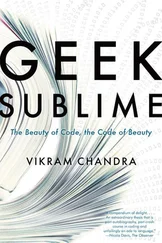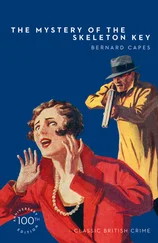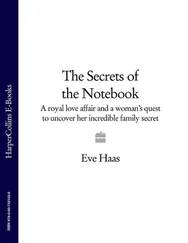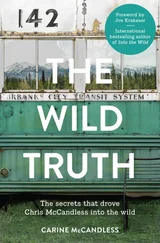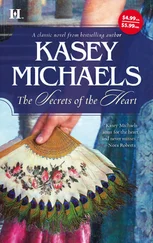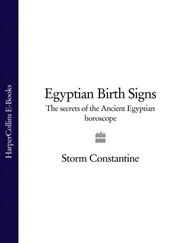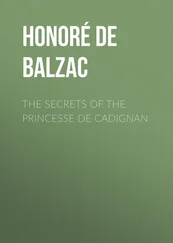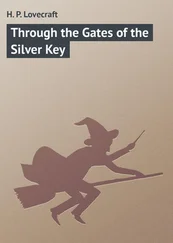Although its roots are in Christianity, the Freemasons (or ‘the Craft’ as it is often known) are a determinedly secular gathering. Members are required to pledge allegiance to a Supreme Being, but there is no obligation specifically to identify this deity as the Christian God, Allah or Buddha. During all Masonic meetings or ceremonies, this Supreme Being is referred to as the Grand Architect Of The Universe—a nondenominational philosophy that has led Masonry to be condemned by most major religions at some point in its eventful history.
Freemasons meet at regular intervals—normally once per month—in a local headquarters known as a lodge. Although these buildings are sometimes made available to the public for non-Masonic activities, they all contain an inner sanctum ritual area, laid out in a highly defined fashion and decorated with elaborate symbols, in which meetings and degree ceremonies are held. These areas are out of bounds to cynics, the curious and non-Masons in general.
Each local lodge is affiliated to a Grand Lodge, a regional over-body that serves as an administrative and legislative centre for the affiliate lodges. Yet this is about as coherent as the Craft gets. Inconveniently for Dan Brown and his fellow conspiracy theorists, there is no over-arching international body in charge of global Freemasonry: indeed, a history of various political and philosophical differences means that many Grand Lodges fail even to acknowledge each other’s existence. One is put in mind more of bickering parish councils than a furtive secret order hell-bent on establishing a self-serving New World Order.
The potential for international sedition is handicapped even further by the fact that Masons are not allowed to discuss religion, politics or any other traditionally divisive subject while inside the confines of the lodge. Nor is there any consideration of an after-life. Freemasons’ energies are directed entirely towards self-improvement on earth, a dogged quest for spiritual perfection towards which they proceed in regulated, formalized degrees.
How do you join the Freemasons?
The idea of exclusivity and covertness that surrounds the Masons is now largely a myth. Any male over twenty-one and with no criminal record who approaches a lodge is likely to be admitted. Existing members vote on whether the applicant should be allowed to join, but only in exceptional circumstances nowadays are people refused. With membership numbers falling, Masonic lodges are in desperate need of fresh blood.
Once the applicant is accepted, he educates himself in Freemasonry’s history and philosophy and is tested on his learning via a series of ritualistic degree ceremonies. These bizarre roleplaying exercises—wherein the initiate is blindfolded, led by a rope and has his trouser-legs and shirt-sleeves rolled up—is the limit of most people’s casual knowledge of the Masons, and leads to the common perception of the fraternity as being slightly less relevant to the modern world than the Flat Earth Society.
The initiate also learns a series of signs (passwords) and grips (handshakes) by which he can secretly make himself known to fellow Masons when they meet in public. These arcane relics of medieval days are the only facet of Freemasonry that the movement still tries to keep secret. Nevertheless, anti-Masonic militants have for years splashed this information over various anti-cult websites, and we shall also divulge this hallowed information at the appropriate point in this book ( see Chapter 3: Inside The Lodge: Masonic Rituals and Symbols).
The three degrees that a Freemason travels through on his path to spiritual enlightenment are:
Entered Apprentice—the man is initiated into the lodge and swears allegiance to the Craft;
Fellow Craft—having proven himself willing and able, the member is given extra knowledge and responsibilities;
Master Mason—once he has reached this ‘supreme and exalted rank’, the Mason becomes a leading light of the lodge.
Like the Great Room at Lord’s, Freemasonry remains a last bastion of male chauvinism. Masonry was a maleonly province until 1877, when maverick French Grand Lodge the Grand Orient de France horrified traditionalist Masons by admitting female members. This led to the French body being ostracized by most of the movement, and today both English and US Masonry’s controlling bodies refuse to admit women. Yet there are a few female lodges in England that are grudgingly semi-recognized by the United Grand Lodge of England (UGLE), who in 1999 confirmed ‘Freemasonry is not confined to men’ before hastily adding, ‘This Grand Lodge itself does not admit women’.
Particularly zealous Freemasons can collect further honours by taking the additional degrees of the York Rite and Scottish Rite—the latter discipline allows them to pursue no fewer than thirty-two levels of Masonic education and enlightenment. However, these ‘appendant’ degrees are optional, and theoretically even a 32nd degree Scottish Rite Mason is in no way superior to a common-or-garden Master Mason.
The names of the three main degrees awarded to Freemasons, and the phraseology used within the ceremonies, take their cue from the language used by the working stonemasons of the Middle Ages. These hugely gifted craftsmen made use of geometry and supreme architectural skills to build the soaring Gothic cathedrals whose very existence supposedly proved the glory of God. Their structures were viewed as a divine perfection on Earth.
As we shall see later in this book, Freemason philosophy likens the soul of every Mason to such an edifice. It is the task of the Freemason to improve himself morally and spiritually, through rite, ritual and a fundamental understanding of the world around him, until he aspires to a state of human perfection. Yet this perfection is viewed as the work of a Supreme Being—which is why atheists are not allowed to become Masons.
Wild-eyed anti-Masonic jihadists (and Dan Brown) may speculate about Freemasonry as a demonic, sinister cabal, but most modern objections to the movement are more workaday and prosaic. Outsiders have long considered the Freemasons to be an old boys’ club whose members will invariably do each other favours outside of the lodge. This view has been supported by various scandals over the years, including a damaging late 1970s court case in which senior London High Court judges, police chiefs and pornographers were implicated. It may not be the Knights Templar, but such corruption does the fraternity’s public relations image few favours.
Masonry’s riposte to this charge is that such nepotism is forbidden by statute. Freemasons are barred under the movement’s laws, or ‘Charges’, from using their membership to promote their own interests, or from extending cronyism to fellow lodge members. Theoretically, such lapses are punishable by expulsion from the fraternity, although it is reasonable to suspect that the handful of cases that have been discovered over the years represent the tip of the iceberg.
Nor are Freemasons particularly secretive nowadays. Beyond the signs, grips and precise ceremonies, the organization is largely an open book. Anybody wishing to approach their local Grand Lodge to discuss becoming a Mason will find their number in the telephone directory. In America, where they have always done things rather differently, lodges have even run billboard campaigns to attempt to boost their membership.
So with global Freemasonry in decline and its social significance and power arguably at it lowest point in centuries, what makes Dan Brown think the Craft is a fitting setting for the latest convoluted and faintly preposterous adventures of Robert Langdon? To answer that question, let’s examine the two parallel histories of Freemasonry—the real one, and the fanciful version that has over the years fuelled the imaginative fantasies of so many conspiracy theorists and exploitative opportunists.
Читать дальше

